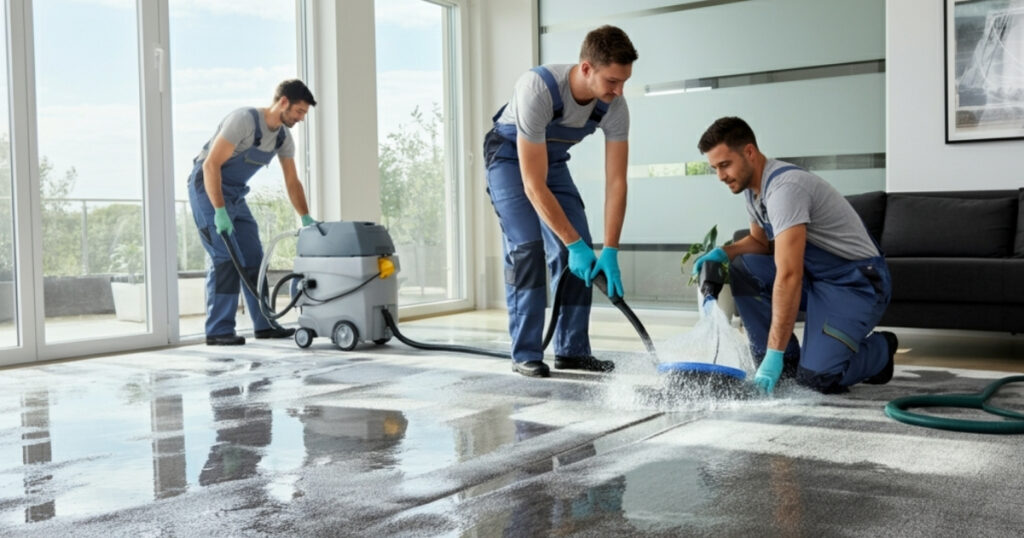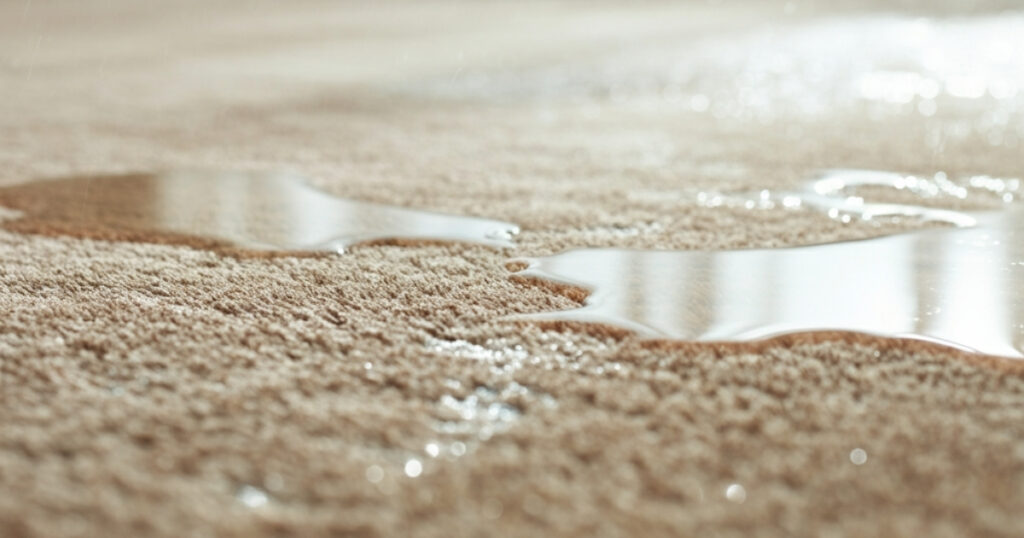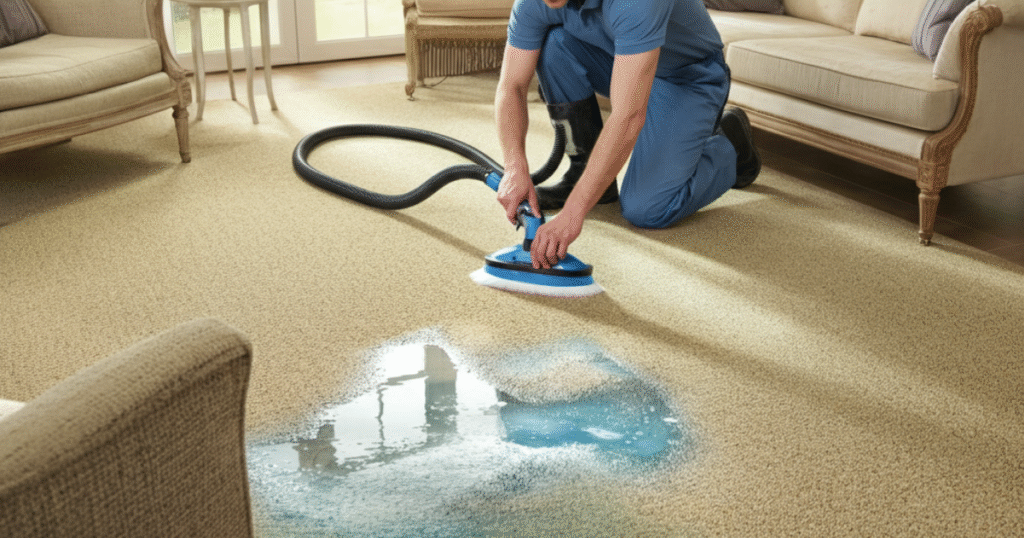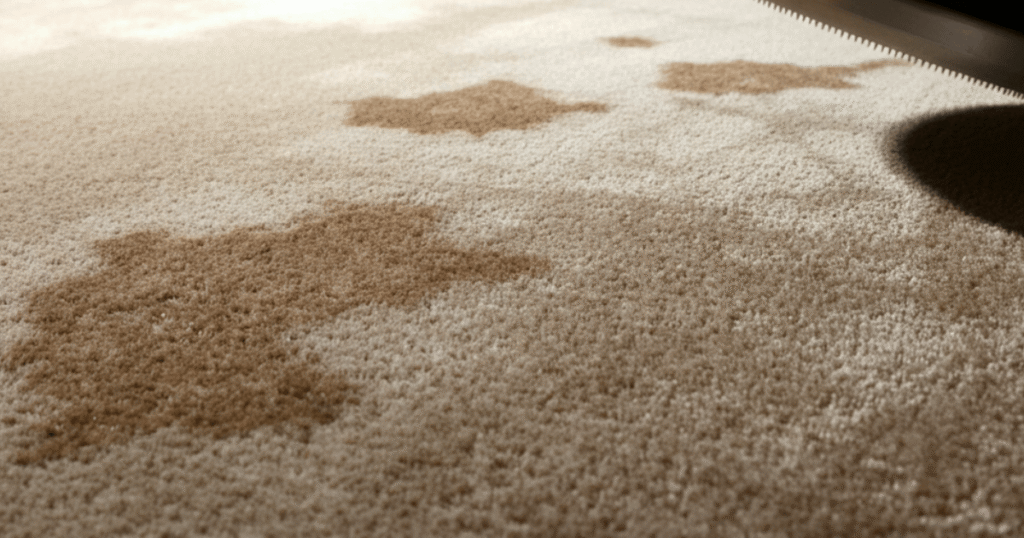Finding the perfect leather sofa is a design victory, but for cat owners, that victory can be short-lived. The fear of seeing your beautiful, expensive furniture covered in scratches is real. Fortunately, you don’t have to choose between your furry friend and your stylish decor. Knowing how to protect leather furniture from cats involves a combination of smart strategies, deterrents, and providing your cat with better alternatives.
This guide provides practical and effective methods to keep your leather looking pristine. By understanding why your cat scratches and implementing a few key changes, you can create a home where both your pet and your furniture can coexist peacefully. You will learn how to make your sofa less appealing for scratching, what products can help, and how to redirect your cat’s natural instincts.
Why Do Cats Scratch Leather Furniture?
Before you can stop the scratching, it helps to understand why it happens. Scratching is a natural and healthy behavior for cats. They do it for several reasons, and your leather sofa just happens to be a very tempting target. Understanding these reasons is the first step in finding a solution that works.
Cats scratch to mark their territory, both visually with scratch marks and with the scent glands in their paws. It is also their way of stretching their claws, back, and shoulder muscles, which is essential for their flexibility and strength. Furthermore, scratching helps them shed the dead outer layer of their claws, keeping them sharp and healthy. The texture of leather is often irresistible because it provides a satisfying resistance that feels good under their paws.
Understanding Feline Scratching Behavior
Scratching is an instinct, not a malicious act. Cats aren’t trying to ruin your furniture; they are simply fulfilling a natural need. Punishing a cat for scratching is often ineffective and can lead to anxiety and other behavioral problems. Instead, the goal is to redirect this instinctual behavior to more appropriate surfaces.
By providing appealing alternatives and making the leather couch less inviting, you teach your cat where it’s okay to scratch. This positive reinforcement approach is far more effective and strengthens the bond between you and your pet. It acknowledges their needs while setting clear boundaries in a way they can understand.
Why Leather is a Prime Target for Cats
Leather’s unique texture makes it an ideal scratching surface from a cat’s perspective. It’s durable enough to withstand a good scratch, allowing them to really sink their claws in and get a deep stretch. The material provides a satisfying sensation and sound, which can be very rewarding for them.
Additionally, a large piece of furniture like a sofa often sits in a central location in the home. This makes it a prime spot for a cat to mark its territory. By scratching it, they are leaving a visible and scented message that this space is theirs. The prominent location ensures their “message” is seen and smelled by others in the household.
How to Protect Your Leather Furniture
Protecting your investment requires a multi-pronged approach. You will need to make the couch less appealing, offer better scratching options, and maintain your cat’s claws. Here are the most effective methods to safeguard your leather furniture.
Use Protective Covers and Throws
One of the simplest ways to protect your leather is to cover it. Heavy-duty blankets, throws, or specially designed furniture covers create a physical barrier between your cat’s claws and the leather. This is an excellent solution, especially when you’re not home to supervise.
Choose materials that are less appealing for scratching, such as microfiber or velvet. These fabrics don’t offer the same satisfying resistance as leather. You can also find stylish covers that complement your decor, so you don’t have to sacrifice aesthetics for protection.
Apply Double-Sided Sticky Tape
Cats dislike sticky surfaces. Applying double-sided sticky tape to the areas your cat frequently scratches can be a powerful deterrent. Products like Sticky Paws are designed specifically for this purpose and are safe for most furniture types.
When your cat touches the tape, the sticky sensation is unpleasant, and they will quickly learn to avoid that spot. This method helps break the habit of scratching the furniture. Be sure to test the tape on a small, inconspicuous area first to ensure it doesn’t damage your leather’s finish.
Use Cat Scratch Deterrent Sprays
Commercial deterrent sprays use scents that cats find unpleasant but are usually unnoticeable to humans. Citrus, rosemary, and menthol are common ingredients. Spraying these on your leather furniture can make it a no-go zone for your cat.
You can also create a DIY spray by mixing water with lemon juice or apple cider vinegar. Again, always test the spray on a hidden part of the couch first to make sure it doesn’t stain or damage the leather. Consistent application is key to making this method effective.
Provide Better Scratching Alternatives
Your cat needs to scratch, so you must provide them with appropriate alternatives. Place several scratching posts and pads around your home, especially near the leather furniture. This gives your cat a convenient and appealing option right next to the area they are tempted to scratch.
Offer a variety of textures, like sisal rope, cardboard, and carpet, to see what your cat prefers. Make sure the posts are sturdy and tall enough for your cat to get a full stretch. Sprinkle some catnip on the new posts to attract your cat and encourage them to use them.
Maintain Your Cat’s Claws
Regularly trimming your cat’s claws can significantly reduce the damage they cause. Shorter, blunter claws won’t be able to sink into the leather as easily. Aim to trim their nails every two to three weeks. If you’re not comfortable doing it yourself, your vet or a professional groomer can help.
Another option is to use soft nail caps, such as Soft Paws. These are vinyl caps that you glue onto your cat’s claws. They effectively blunt the nails, making scratching harmless. The caps fall off naturally as the nail grows and need to be replaced every four to six weeks.
Training Your Cat to Stay Off the Furniture
Redirecting your cat’s behavior is just as important as using deterrents. Positive reinforcement is the most effective training tool.
Positive Reinforcement Techniques
Whenever you see your cat using their scratching post instead of the furniture, reward them immediately. Offer a treat, praise them in a happy tone, or give them a favorite toy. This creates a positive association with the scratching post.
Never scold or punish your cat for scratching the furniture. This can create fear and anxiety, potentially making the behavior worse. If you catch them in the act, make a loud noise (like clapping your hands) to startle them, then gently pick them up and place them by their scratching post.
Using Clicker Training
Clicker training is a highly effective method for teaching pets new behaviors. Use a clicker to mark the exact moment your cat does something right—in this case, using the scratching post. Click the device the instant their claws touch the post, and immediately follow it with a treat.
The clicker becomes a powerful signal that they have done something that earns them a reward. Over time, your cat will understand that scratching the post is a desirable behavior and will choose it over the furniture.
What Not to Do
Some common advice can actually do more harm than good. Declawing, for example, is a painful and invasive surgical procedure that is widely considered inhumane. It involves amputating the last bone of each toe and can lead to chronic pain and behavioral issues.
Also, avoid using force or physical punishment. Yelling at, spraying water on, or hitting your cat will only damage your relationship and won’t solve the underlying issue. It creates stress, which can lead to more destructive behaviors. Positive and patient redirection is always the better path. Read more about: Is Leather Furniture Good for Dogs?
Frequently Asked Questions
1. Is it a good idea to get leather furniture if I have a cat?
Yes, you can still own leather furniture with a cat. Leather is actually quite durable and often easier to clean than fabric. With the right protective measures and training, you can keep it in great condition.
2. What scent deters cats from scratching furniture?
Cats generally dislike citrus scents, so lemon, orange, and grapefruit can be effective deterrents. Other scents they often avoid include lavender, peppermint, and eucalyptus.
3. Do cats ruin leather couches?
Cats can damage leather couches with their claws, but “ruin” is a strong word. With proactive protection and by providing scratching alternatives, you can prevent significant damage and keep your couch looking great.
4. Will cat scratches ruin a leather sofa?
Minor scratches can often be buffed out or repaired with a leather repair kit. While deep scratches can be permanent, taking preventive steps can stop them from happening in the first place.
5. How can I repair cat scratches on my leather furniture?
For light scratches, you can often use a soft cloth and a bit of leather conditioner to buff them out. For deeper gauges, a leather repair kit with color-matched filler and sealant may be necessary.
A Peaceful Home for Everyone
Living with a cat doesn’t mean you have to give up on having beautiful things. By understanding your cat’s instinct to scratch and taking proactive steps to protect your furniture, you can maintain a stylish home. Providing attractive scratching alternatives, using gentle deterrents, and keeping your cat’s claws trimmed are all part of a successful strategy.
Remember that patience and consistency are your greatest allies. With a little effort, you can teach your cat the house rules and ensure your leather furniture remains a source of pride, not stress. This balanced approach creates a happy and harmonious environment for both you and your beloved pet.
As an Amazon Associate, I earn from qualifying purchases.



